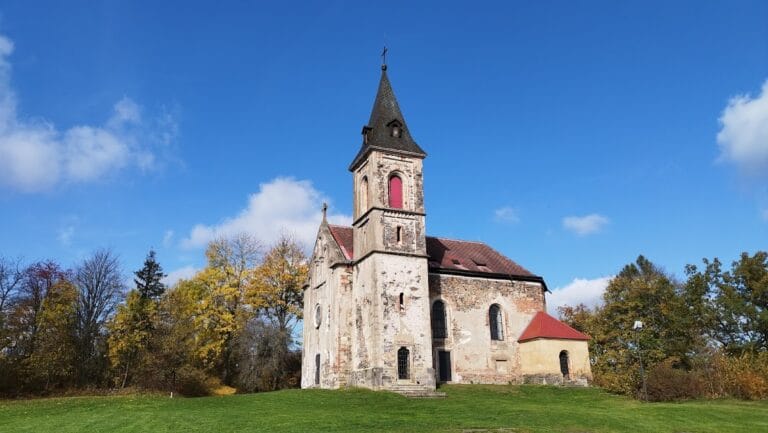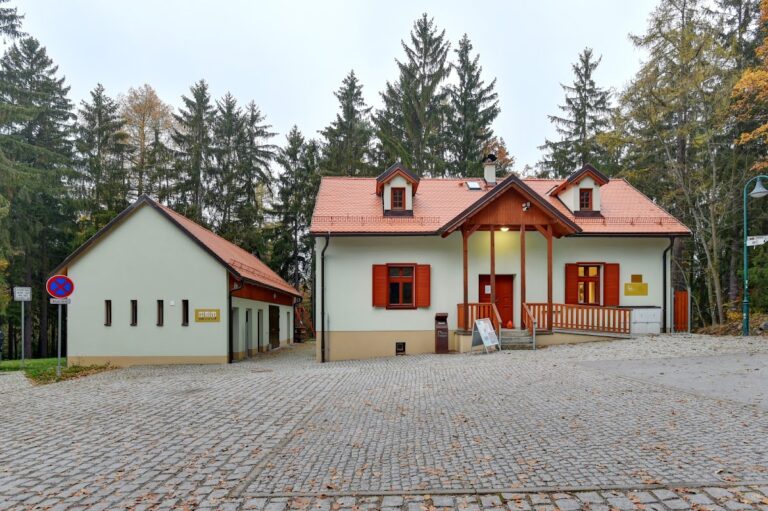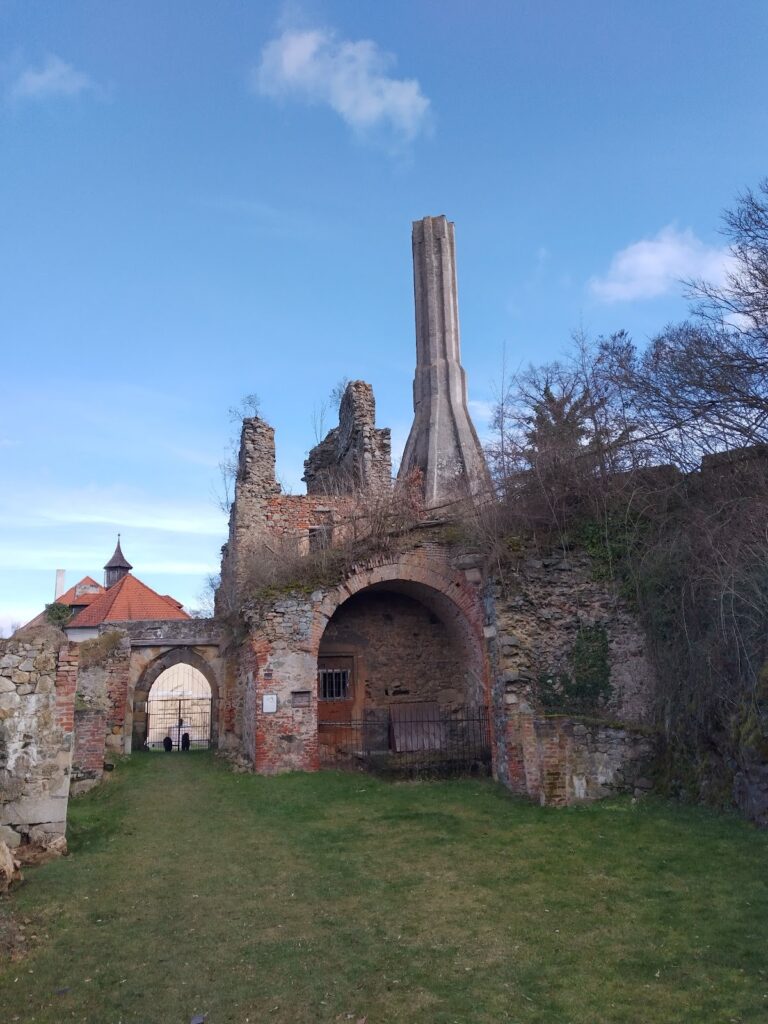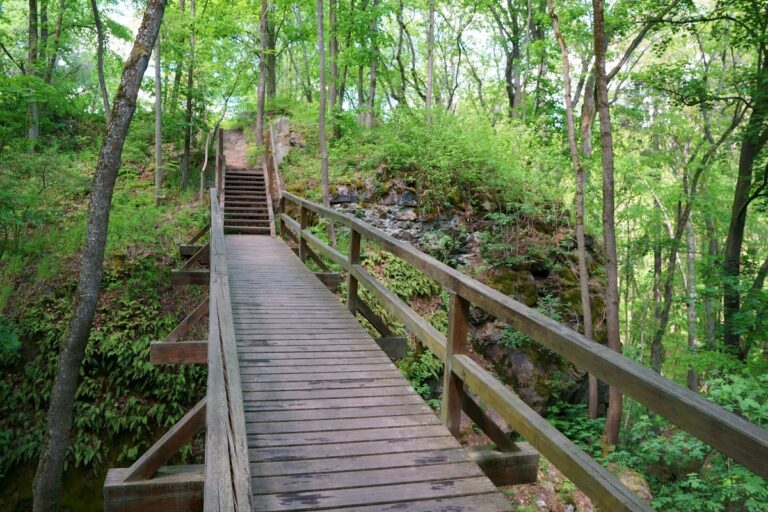Castle Buben: A Medieval Fortress near Plešnice, Czech Republic
Visitor Information
Google Rating: 4.7
Popularity: Low
Google Maps: View on Google Maps
Official Website: www.plesnice.cz
Country: Czechia
Civilization: Medieval European
Remains: Military
History
Castle Buben is located near the village of Plešnice in the Czech Republic. It was constructed by medieval European nobility during the 14th century, a period marked by the development of many stone fortifications in the region.
The earliest known mention of the castle appears in a 1349 charter issued by King Charles IV. Architectural analysis suggests the castle was built shortly after the first third of the 14th century, if not slightly earlier. Originally, it belonged to the knights known as Bubnové of Hrádek. This family’s name also influenced the castle’s historical name, Hrádek. Over time, the castle’s ownership gave rise to two noble branches: the Varlichy barons of Bubna and the counts Bubna of Litice, both adopting a military drum emblem in their coats of arms from the mid-1500s.
Before 1379, control of the castle transferred to the knights of Nečtin, who undertook expansions. The castle endured the turbulent times of the Hussite Wars in the early 15th century, after which it passed between various related noble families and local landowners. In 1471, knight Petr Chlumčanský of Přestavlk purchased the castle, and it remained in his family’s possession until 1563.
Following this period, the estate was sold to the Úlický family of Plešnice and Úlice. By 1567, records indicate the castle was deserted. Its inconvenient location, combined with the owners’ preference for more comfortable homes, led to gradual decay.
From 1648 onward, the estate came under the stewardship of the Benedictine monastery of Kladruby. After the monastery’s suppression in 1785, ownership passed to a Religious Fund and later to various minor proprietors. In 1912, the estate was divided, with landowner Jindřich Finger acquiring the castle ruins. Finger supported restoration efforts initiated by the Czech Tourist Club, which later purchased the site and adjacent land in 1927.
Between 1929 and 1932, the Czech Tourist Club carried out comprehensive conservation work. They also established Schwarz’s lodge below the castle in 1932 to support visitors. However, after the club’s disbandment in 1948, ownership shifted to a Czechoslovak physical education organization and then to the state by 1953.
Restoration work undertaken in 1991 employed unsuitable cement materials that led to rapid deterioration and destabilization of the ruins. A bastion, previously repaired but still vulnerable, shifted and collapsed in April 2013, obstructing the main access path from the river.
Up until 2009, a civic association named Excalibur managed maintenance of the ruins. In 2010, the state transferred ownership to the municipality of Plešnice, which currently oversees the site.
Remains
Castle Buben occupies a narrow, elongated rocky spur approximately 100 meters long and 30 to 40 meters wide. This ridge runs from northwest to southeast and commands a view over the meeting point of the Mže River and the Plešnický (Úlický) stream, situated about 350 meters above sea level. Originally, the spur was cleared of trees, allowing unobstructed sightlines, but since the early 20th century, forest growth has obscured much of the castle ruins and limited views.
Surviving architectural elements include small sections of the first gate located in the southeastern outer bailey, as well as parts of the third gate deeper within the castle complex. Significant portions of the curtain walls, which are defensive walls surrounding the castle, still stand, accompanied by core walls forming the castle’s central area. Toward the northwest rear section lies a partially preserved tower-like palace. Within the castle courtyard, foundations remain of a smaller palace building.
The zwinger wall—a heavily fortified outer enclosure designed for defense—is partially intact along the eastern side but suffered severe damage following the 2013 collapse of a bastion, a projecting fortified structure. Before the first gate, a neck ditch cut into the natural rock defends the southeastern approach. This narrow ravine was originally bridged by a wooden walkway, creating a controlled passage from the village of Plešnice into the castle.
A watchtower that once occupied a solitary southwest rock outcrop no longer survives above the main complex.
Near the castle lies the Zámecký Mlýn, or Castle Mill, first recorded in 1448. Powered by water diverted through a weir at the river confluence, the mill building and the mill race channel on the left bank remain. However, the weir itself was destroyed during World War II, altering the water flow.
The castle’s construction incorporated sandstone blocks, some of which have been removed over time and repurposed for nearby buildings’ window and door frames or cornerstones.
Since 1958, Castle Buben has been protected as a cultural monument, designated under the Czech registry number 25607/4-1529. Access to the site is via a marked forest trail from Plešnice, approximately two kilometers long, though a footbridge over the Mže River—once part of the approach—was destroyed by flooding in 2011, impacting direct routes.










